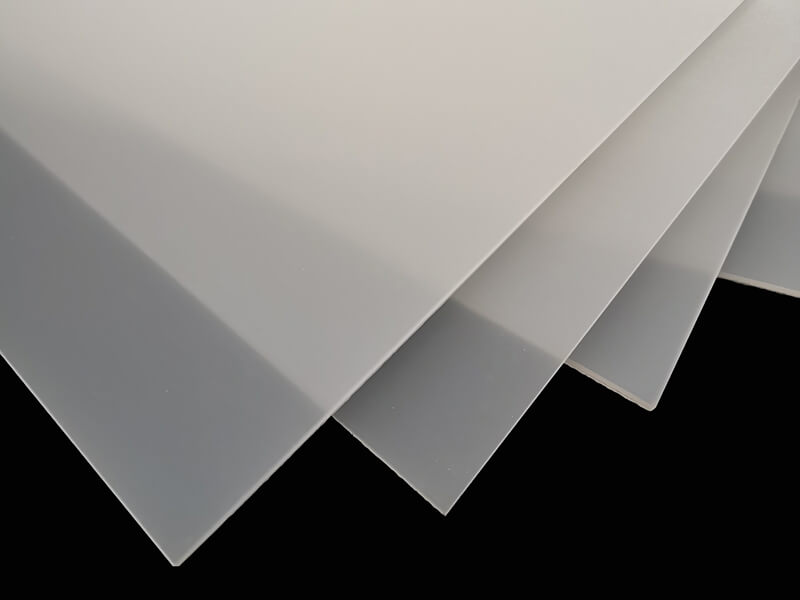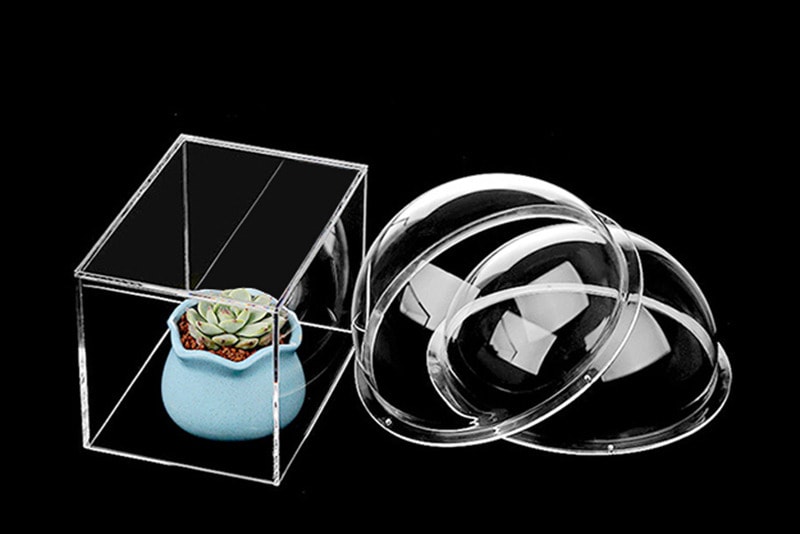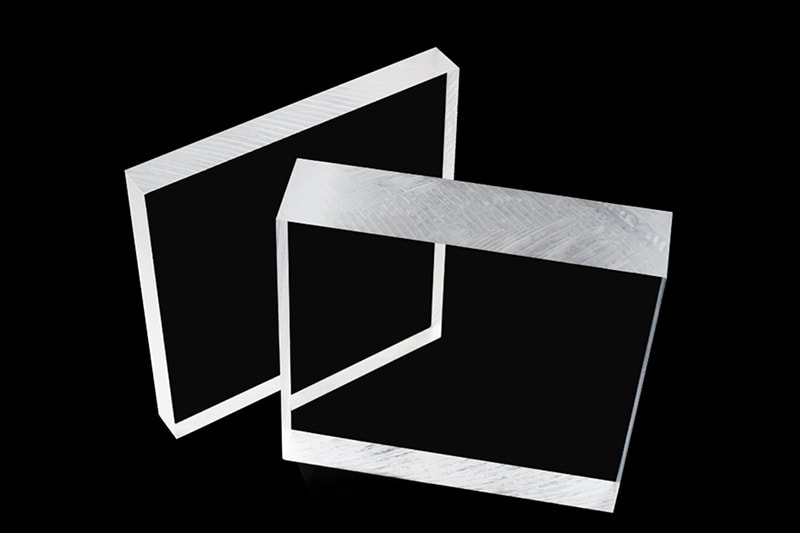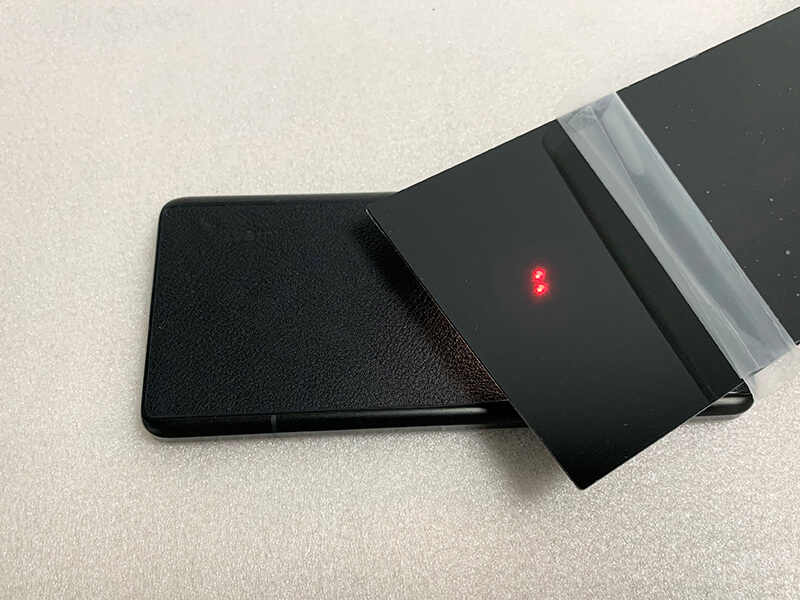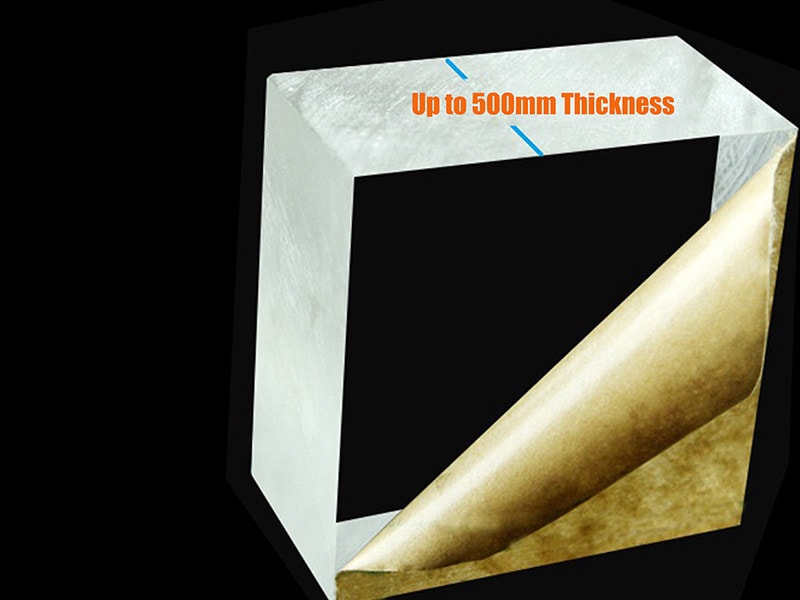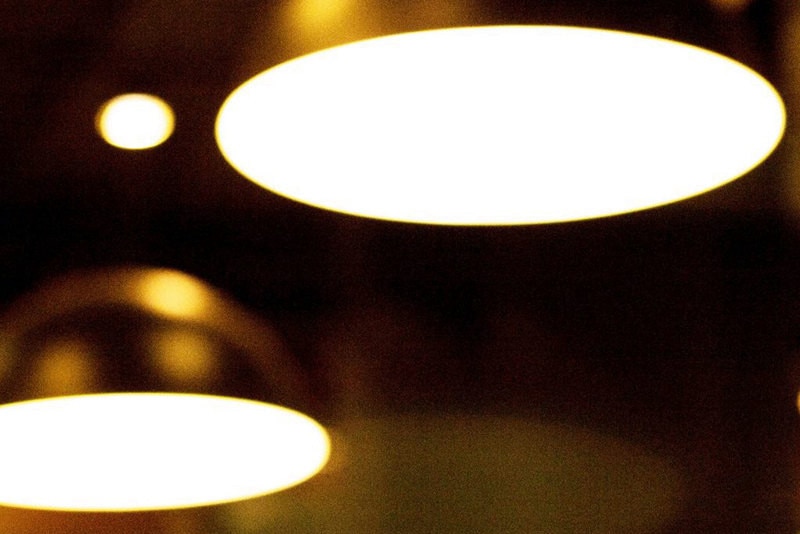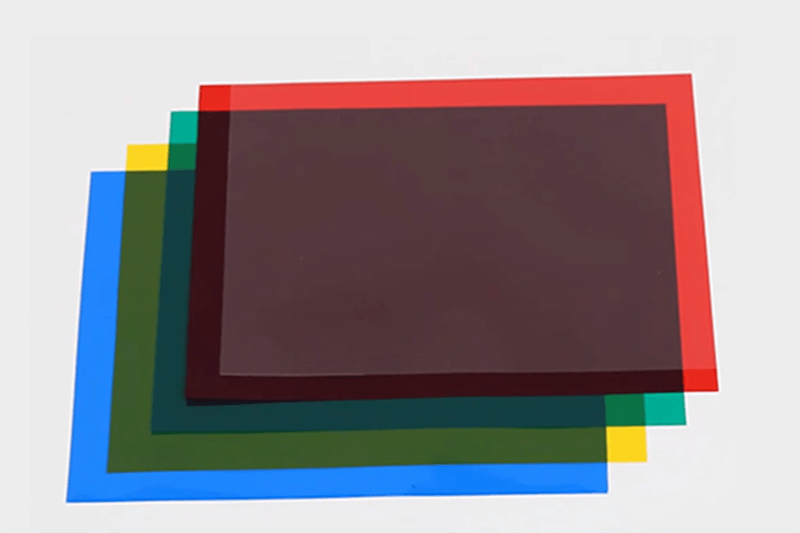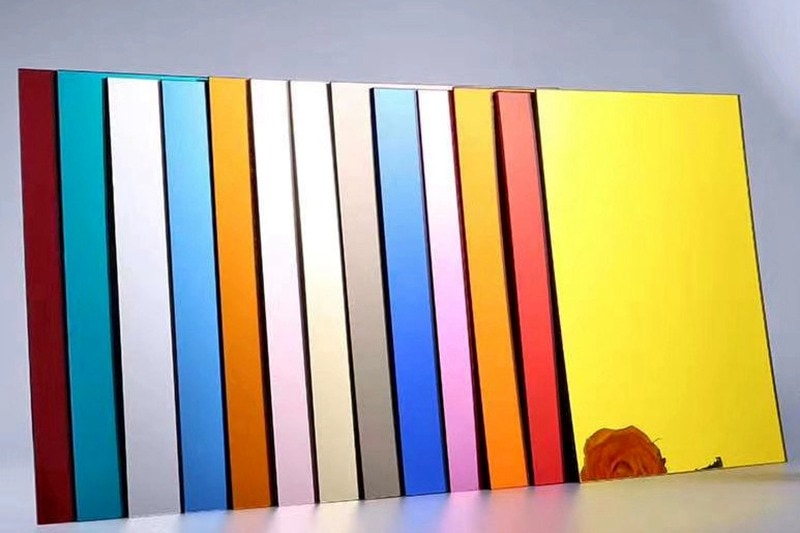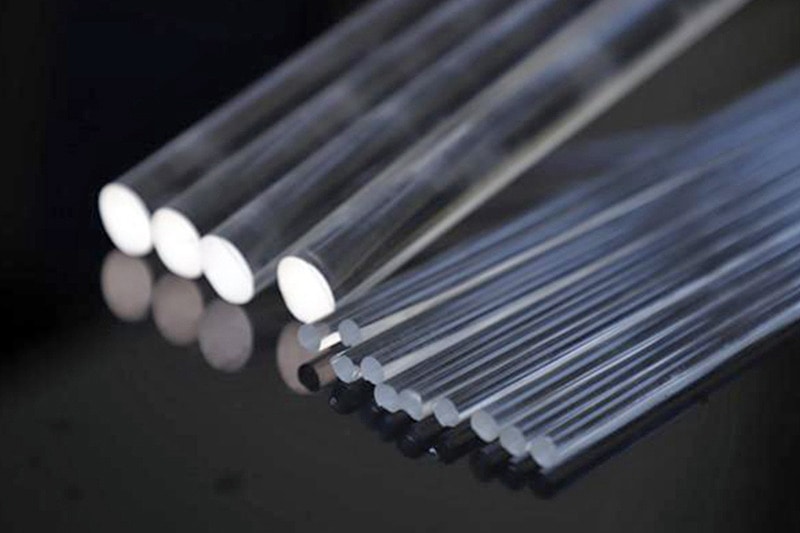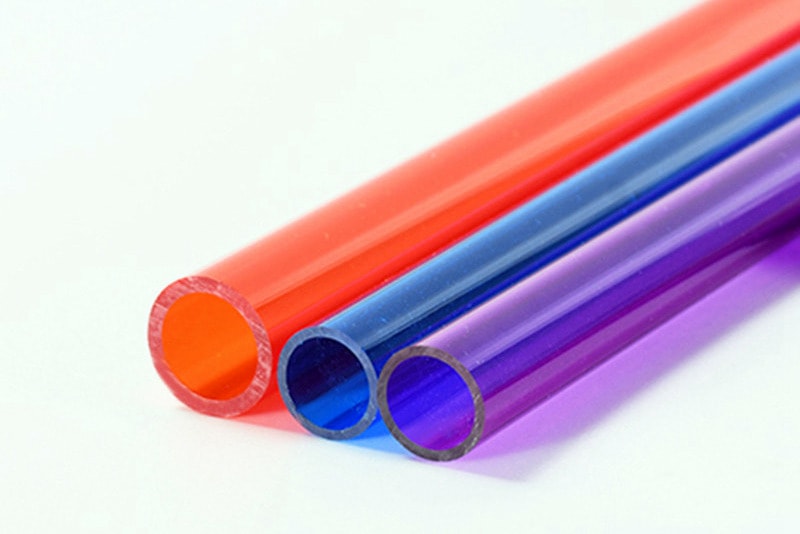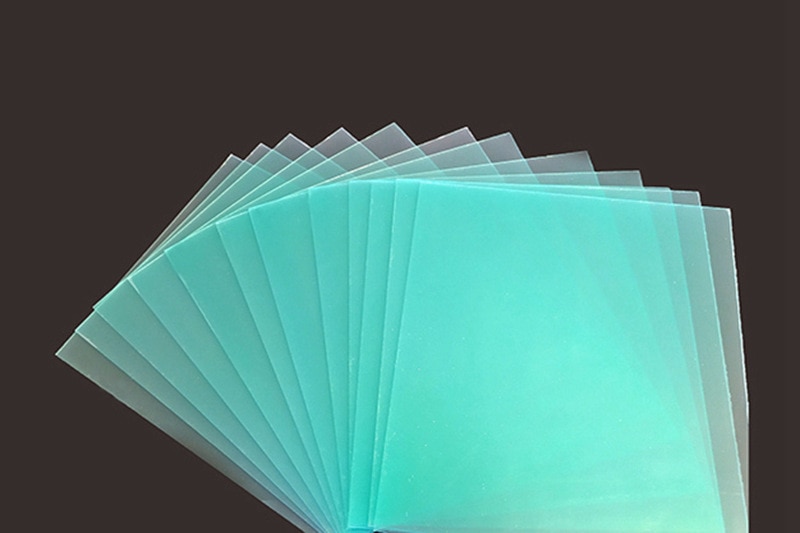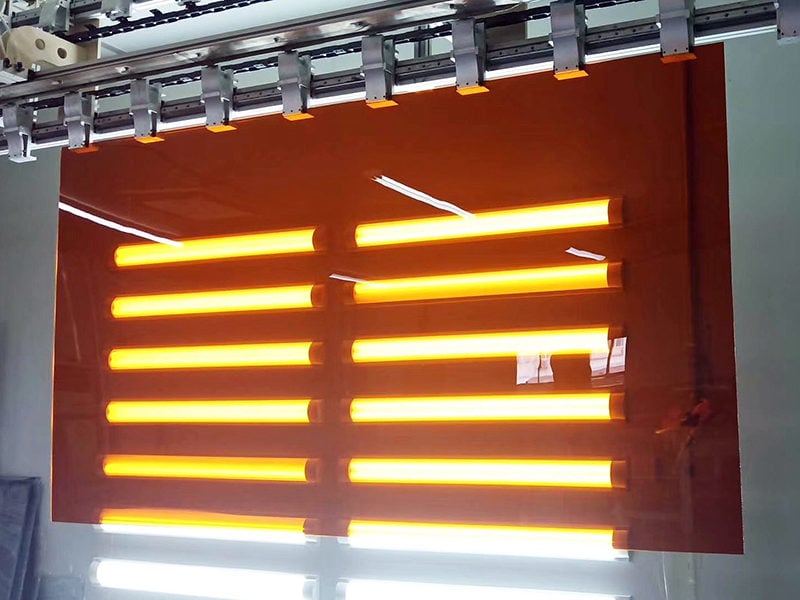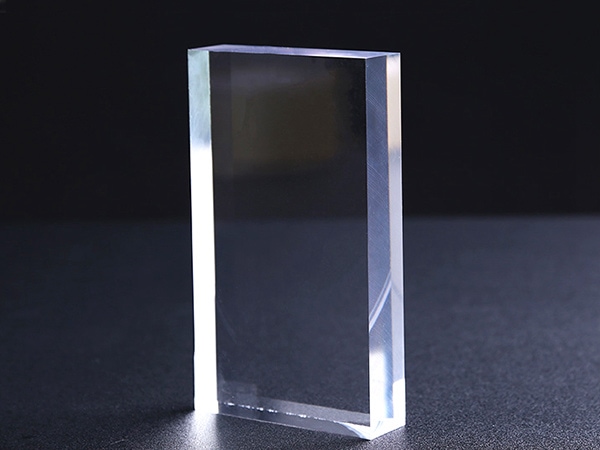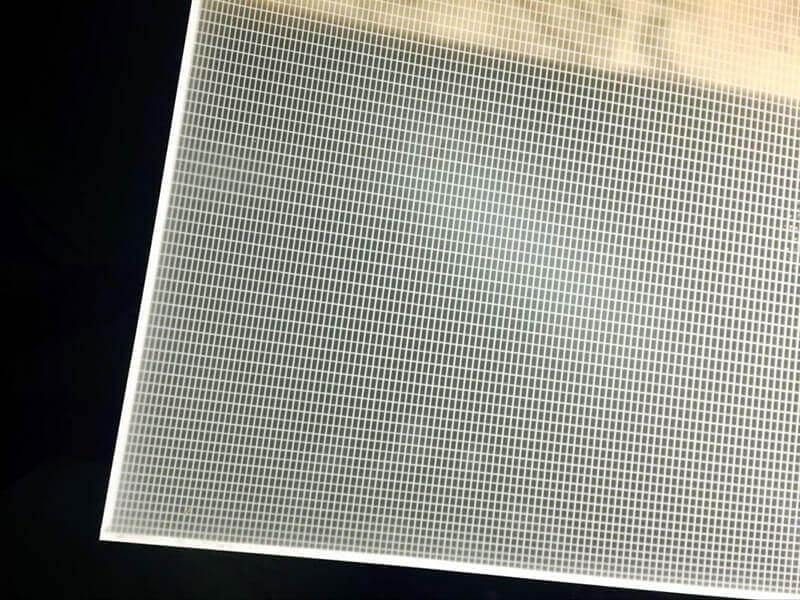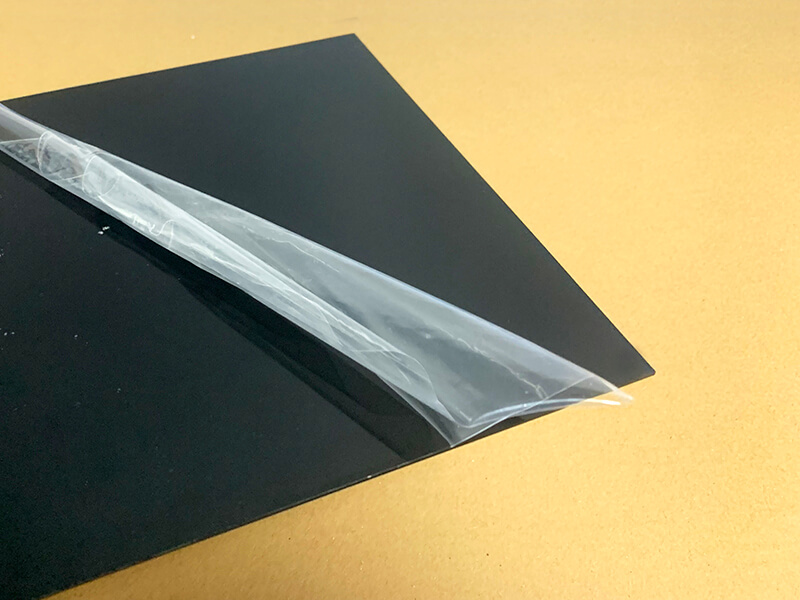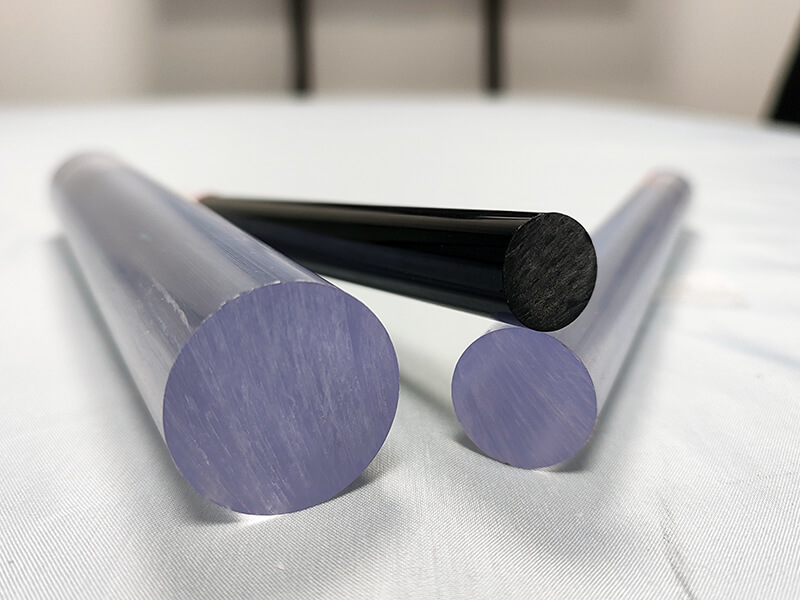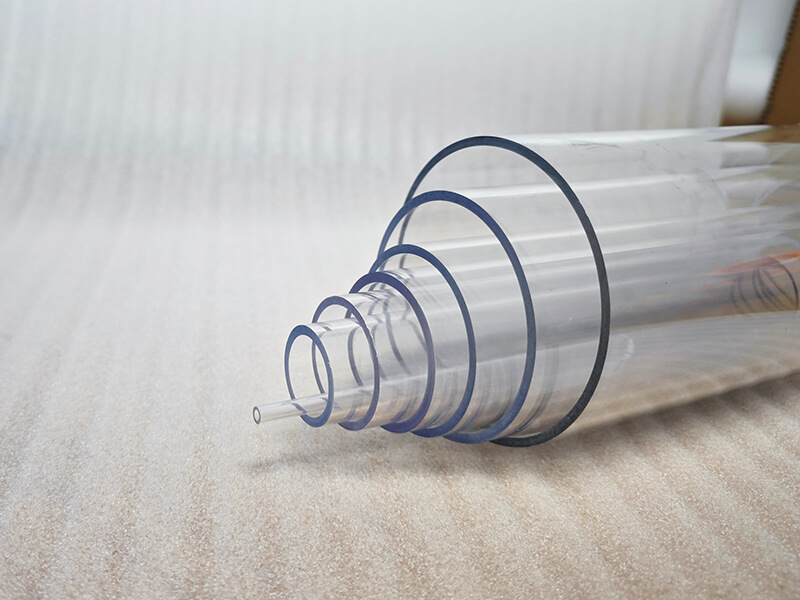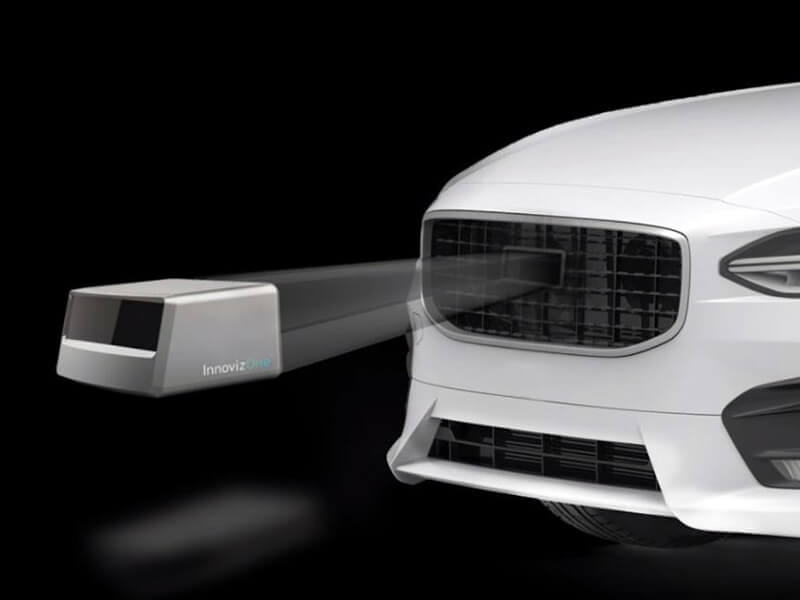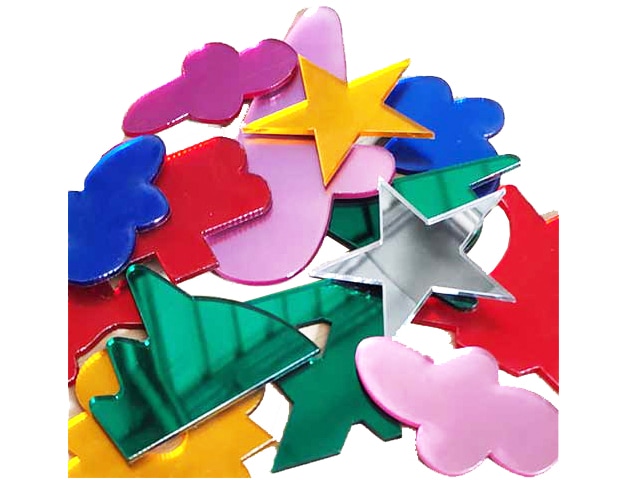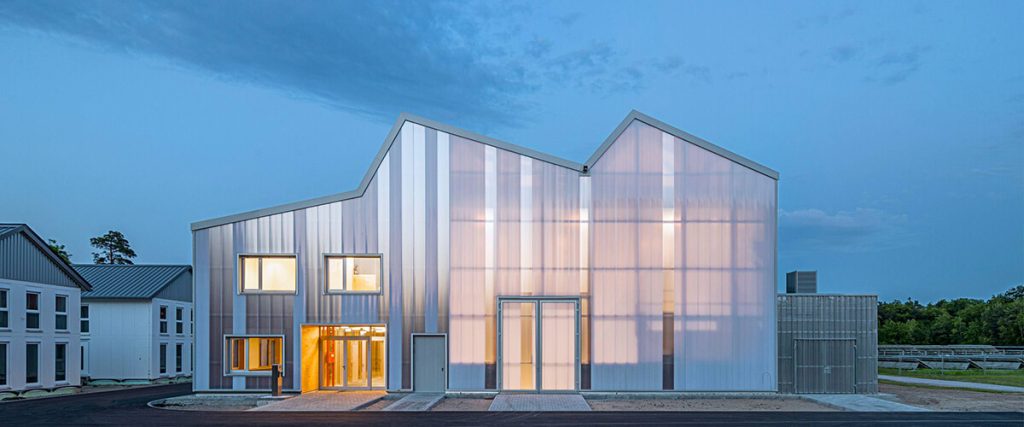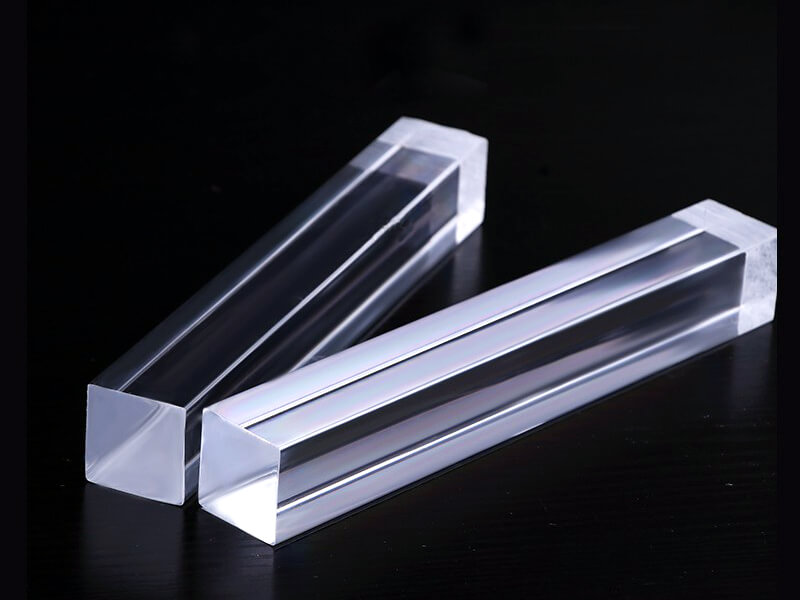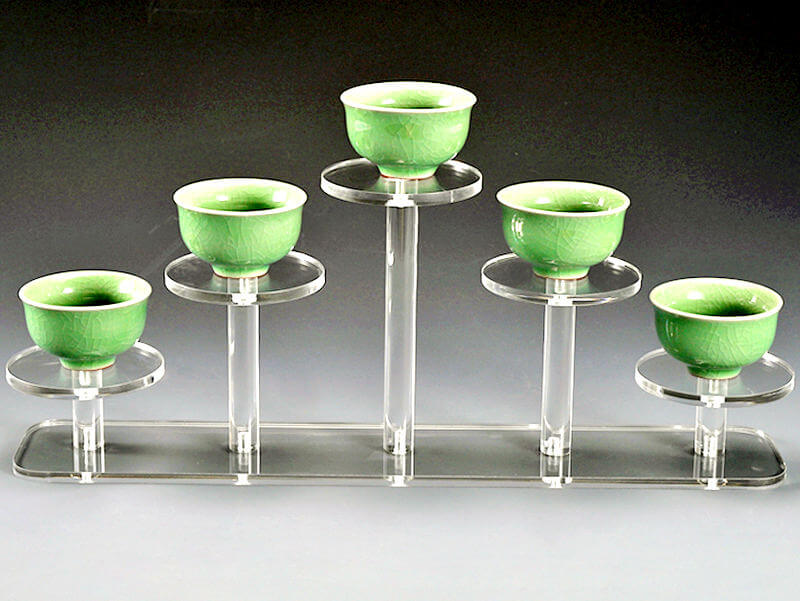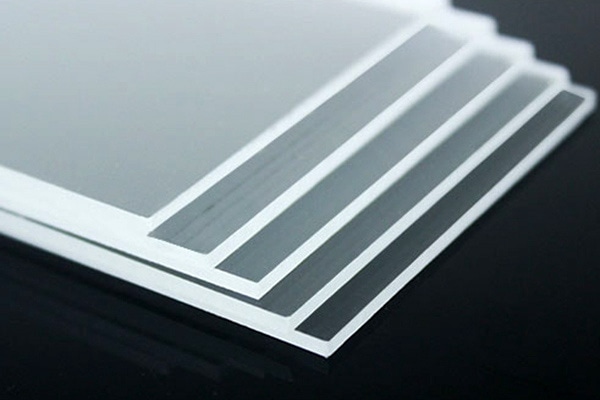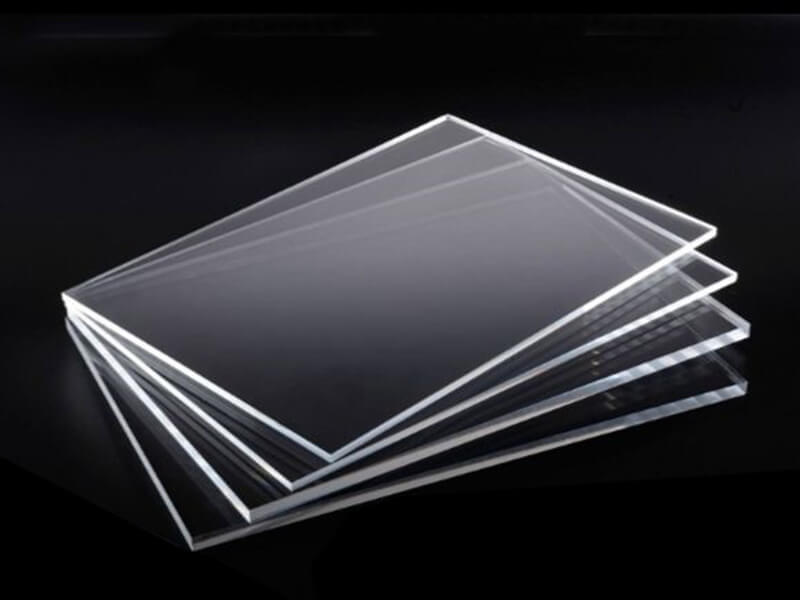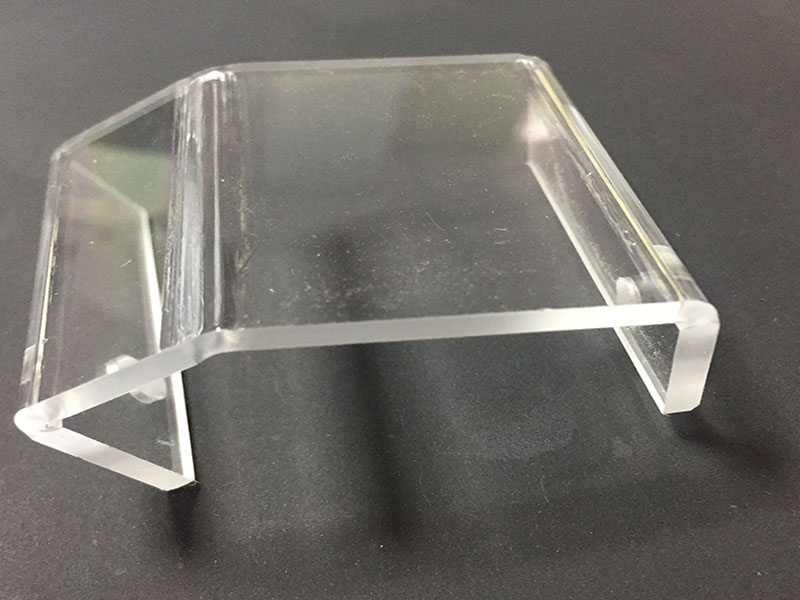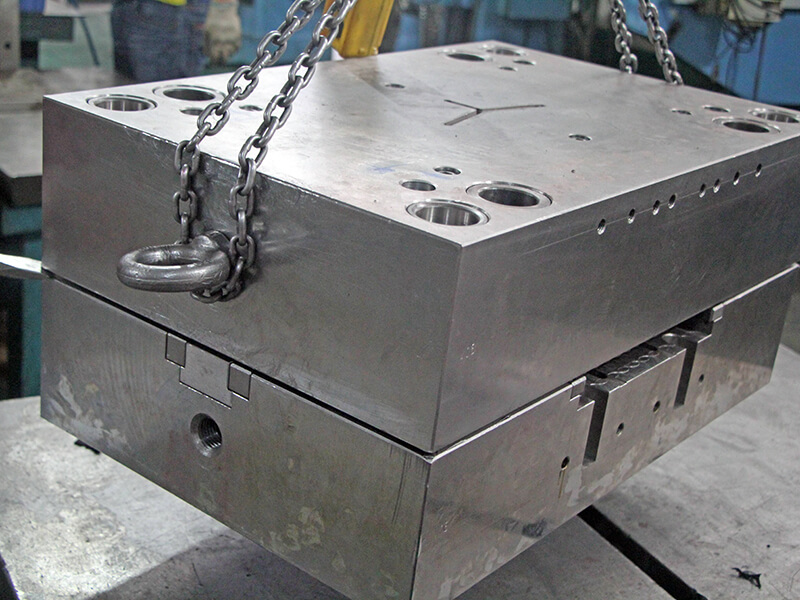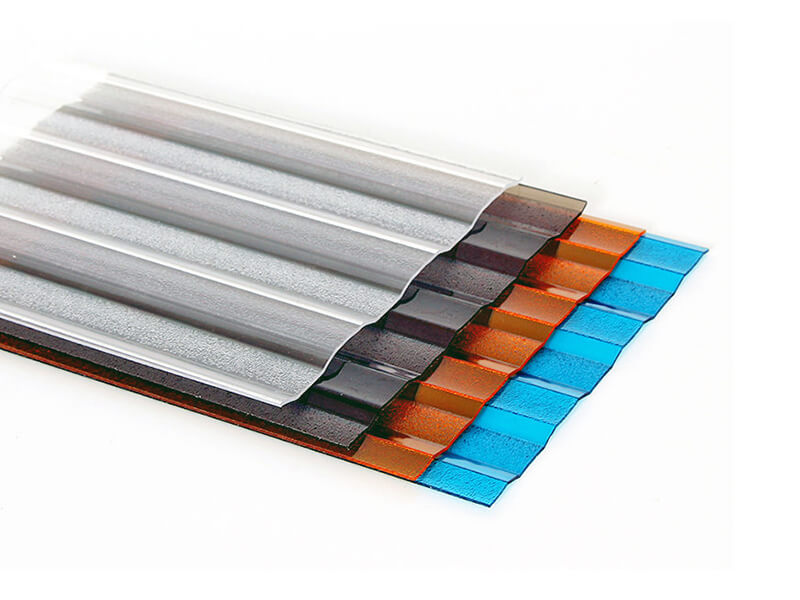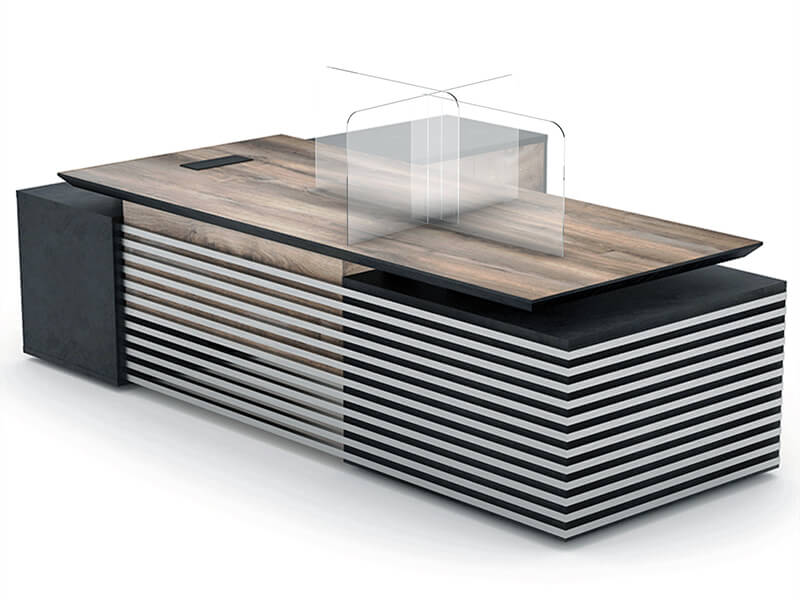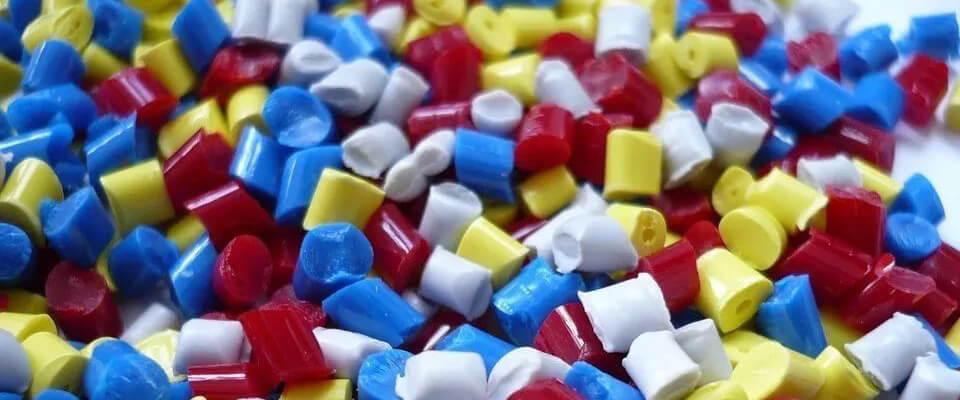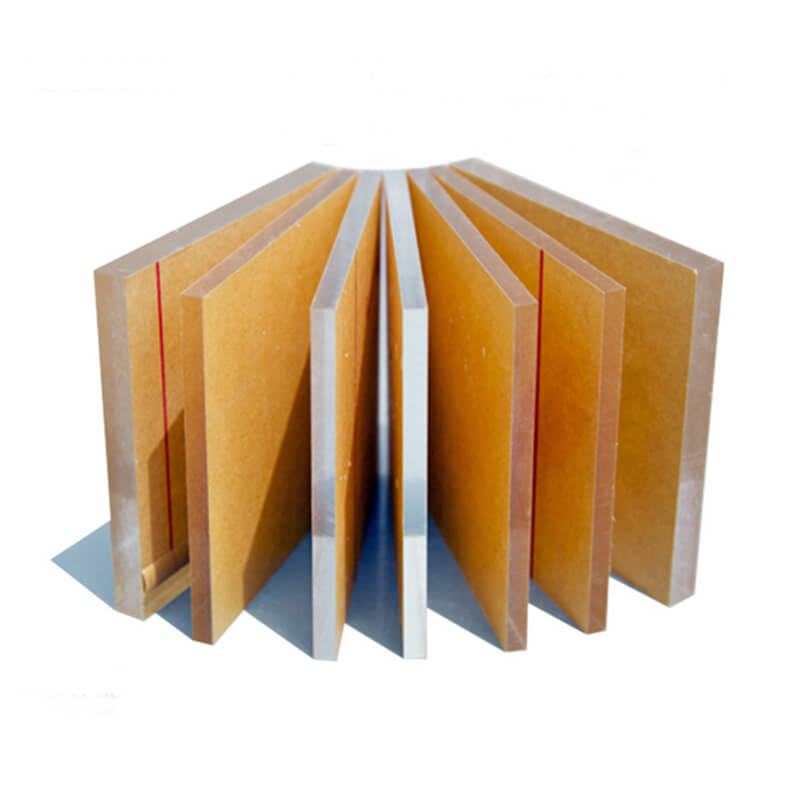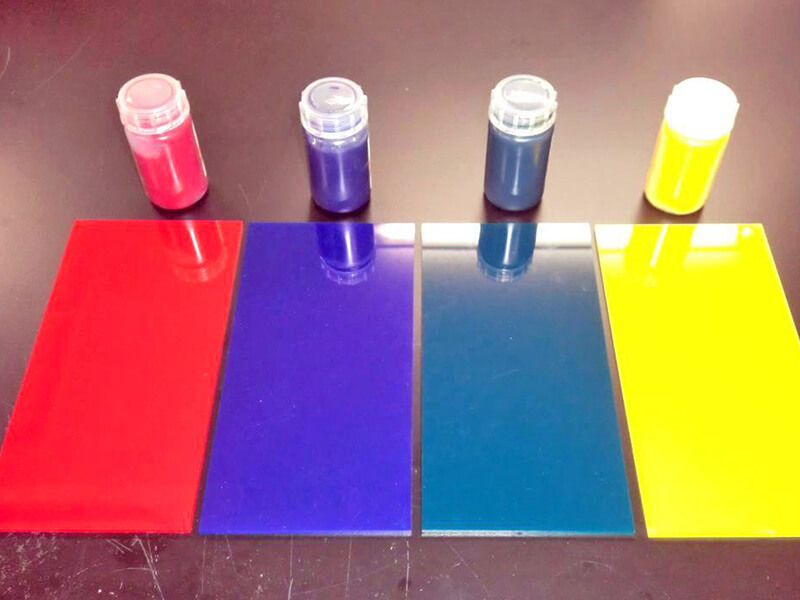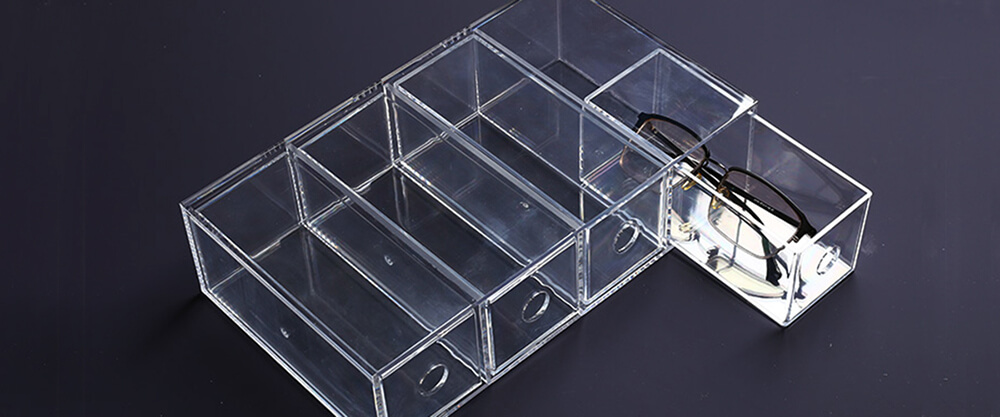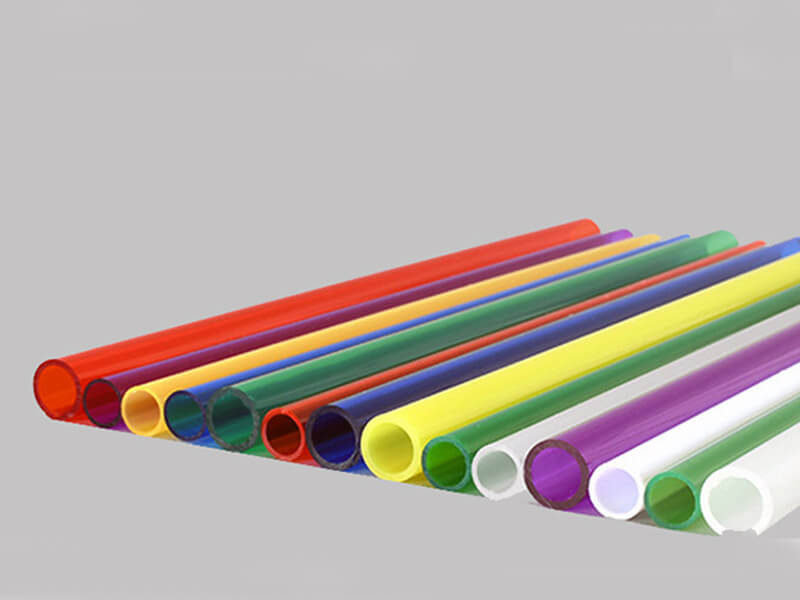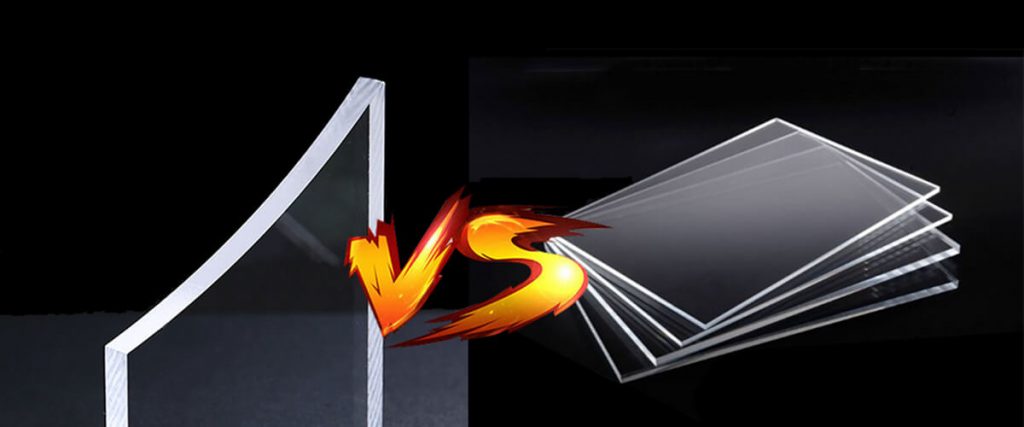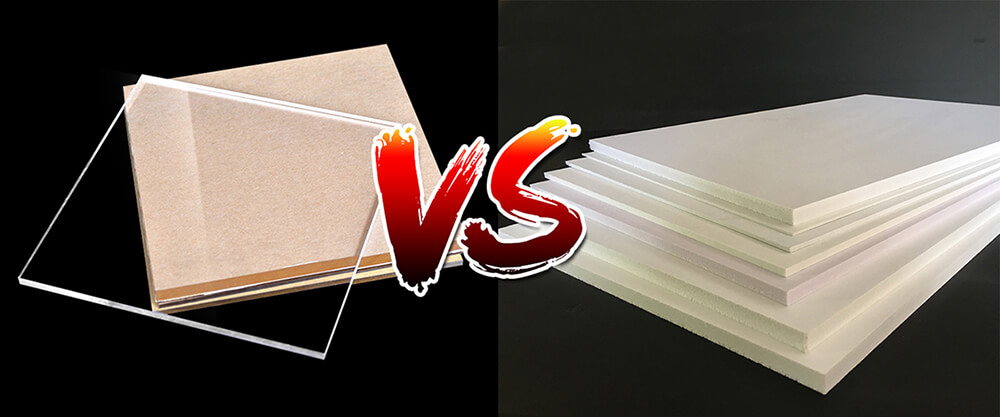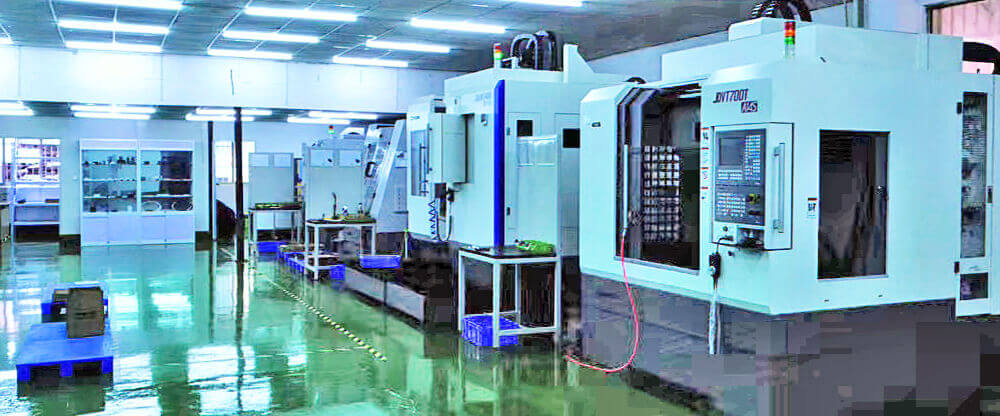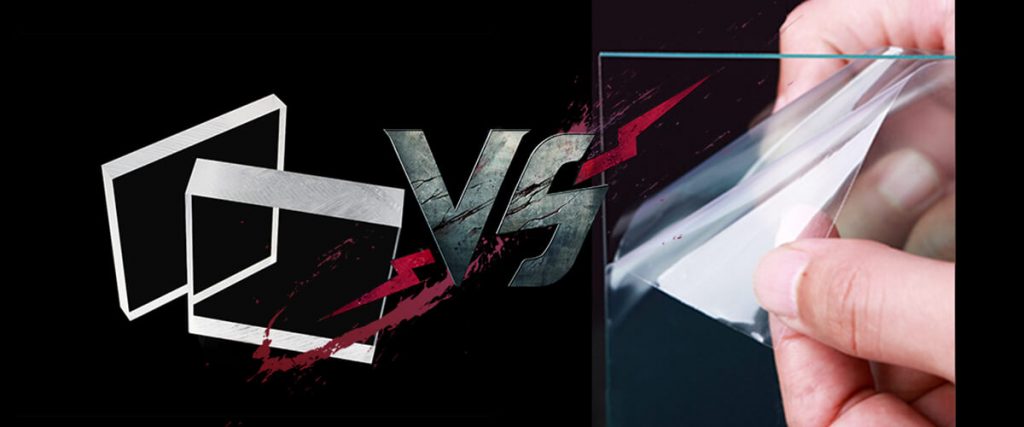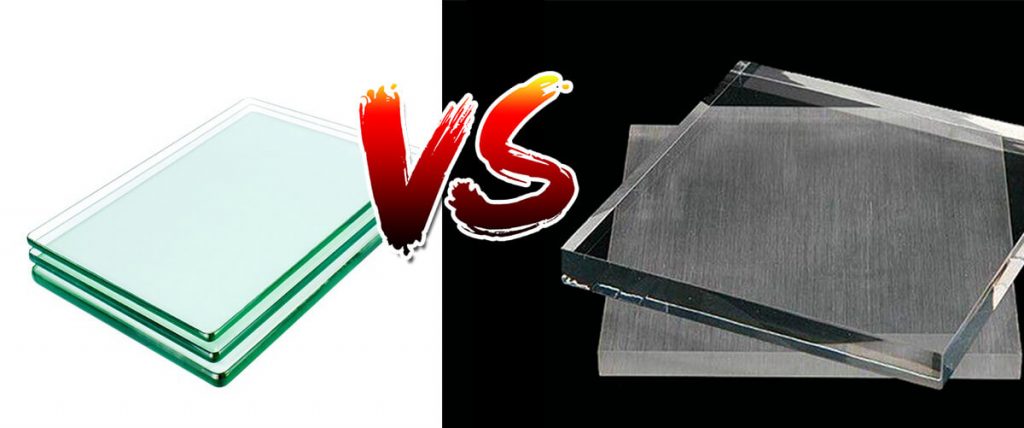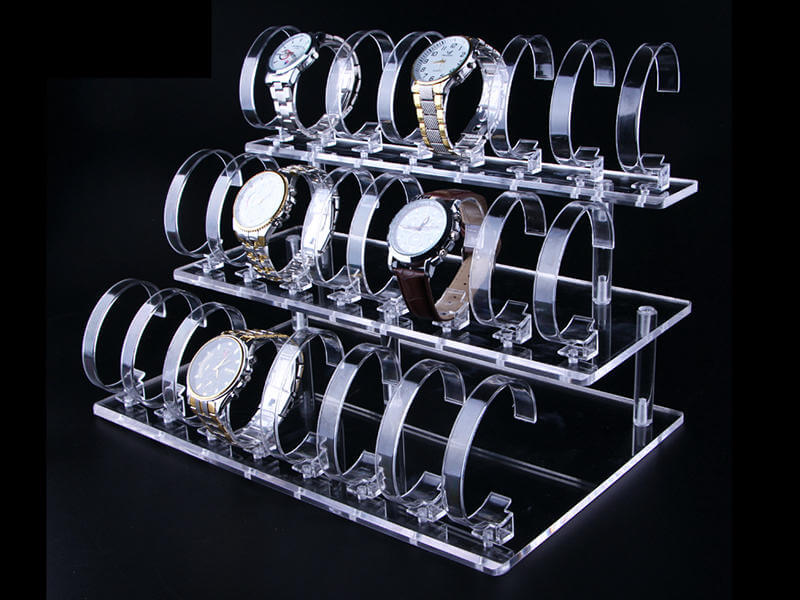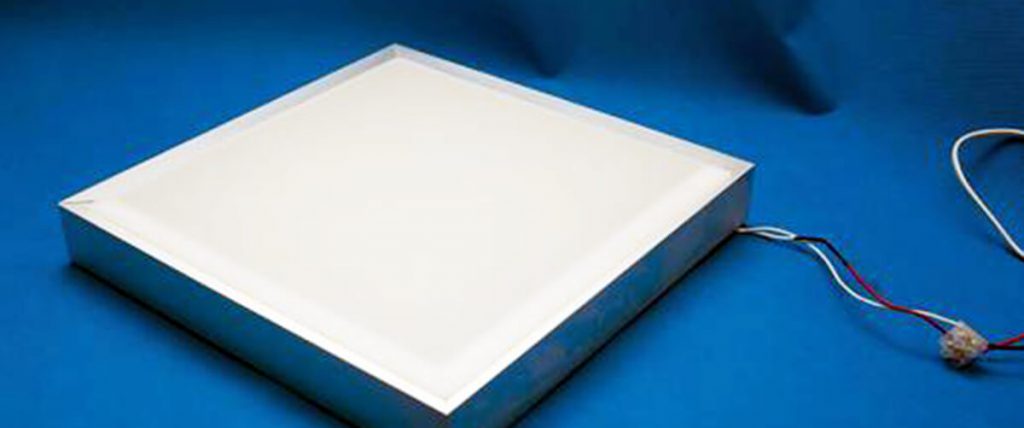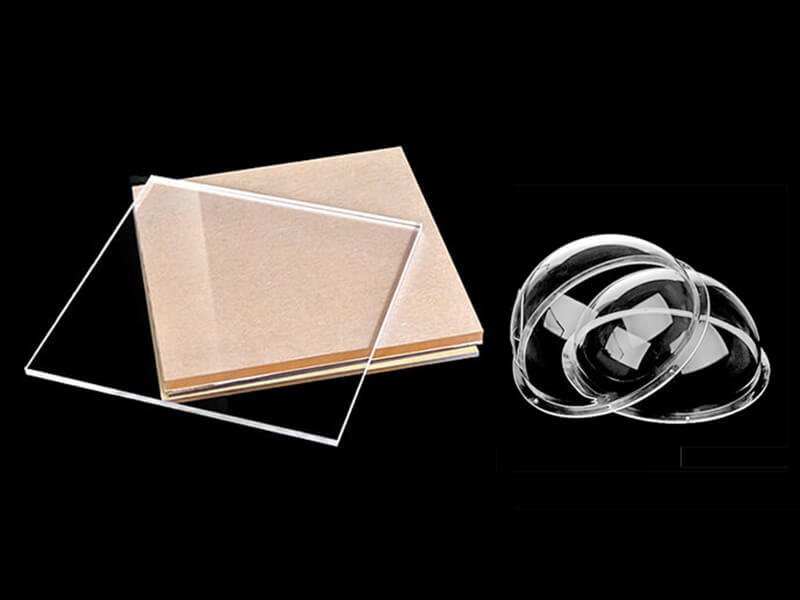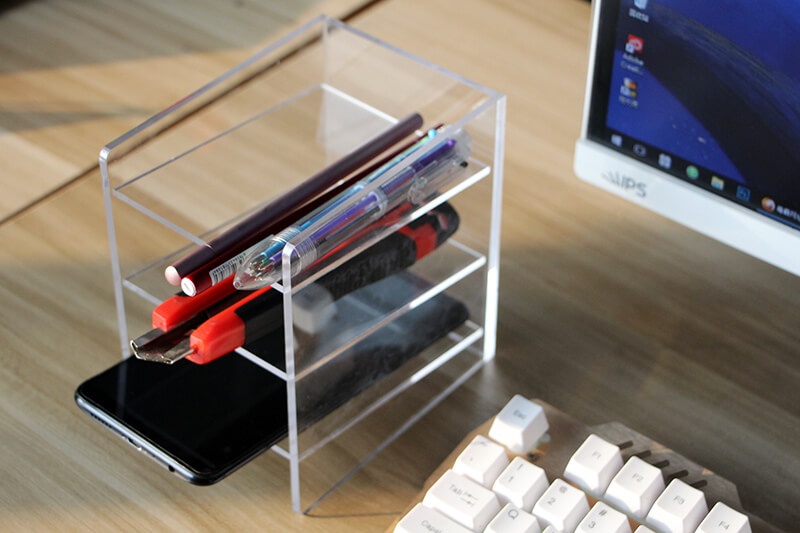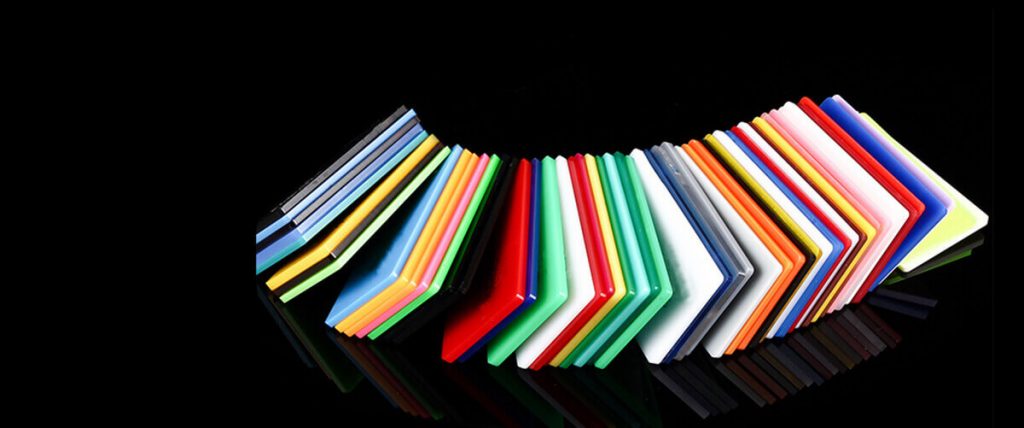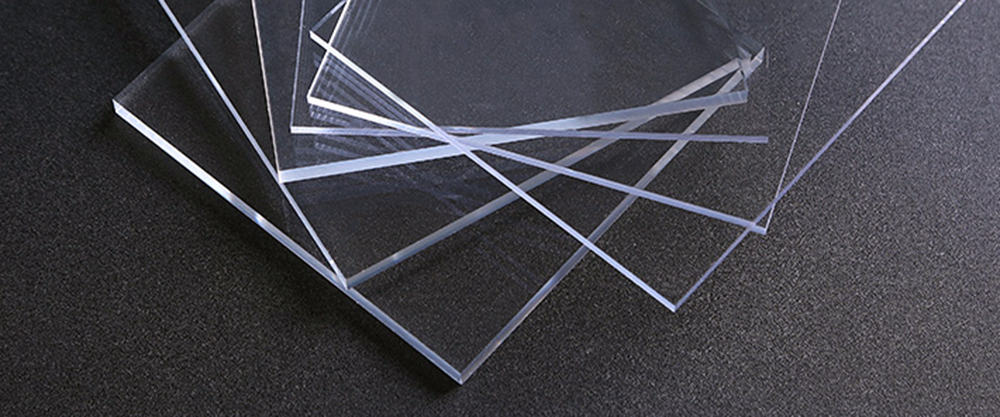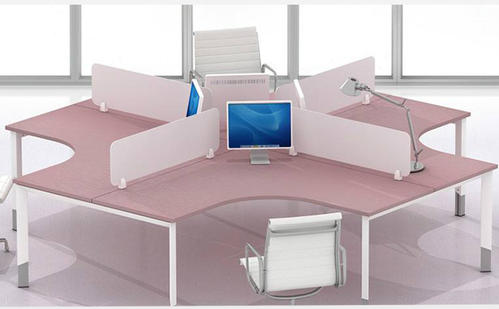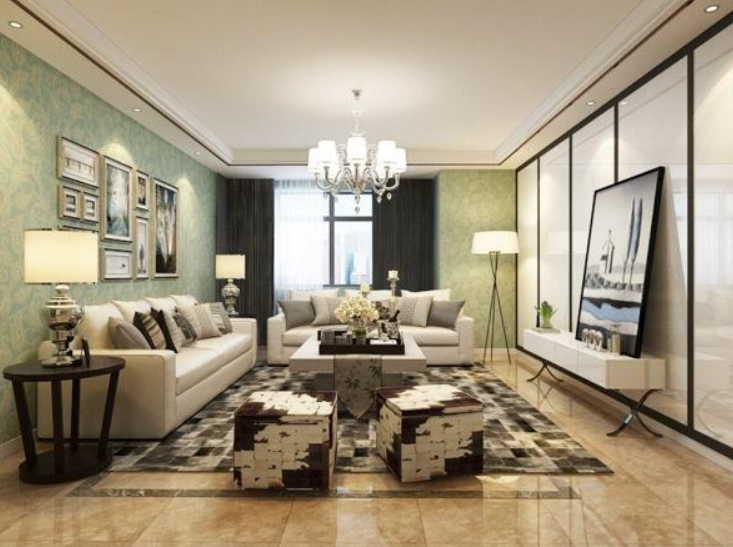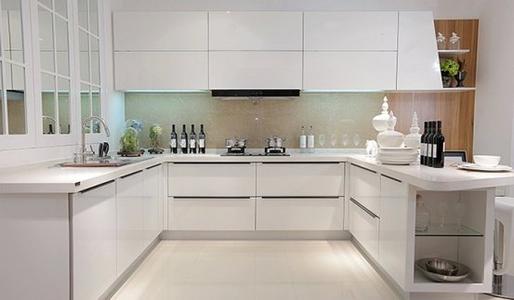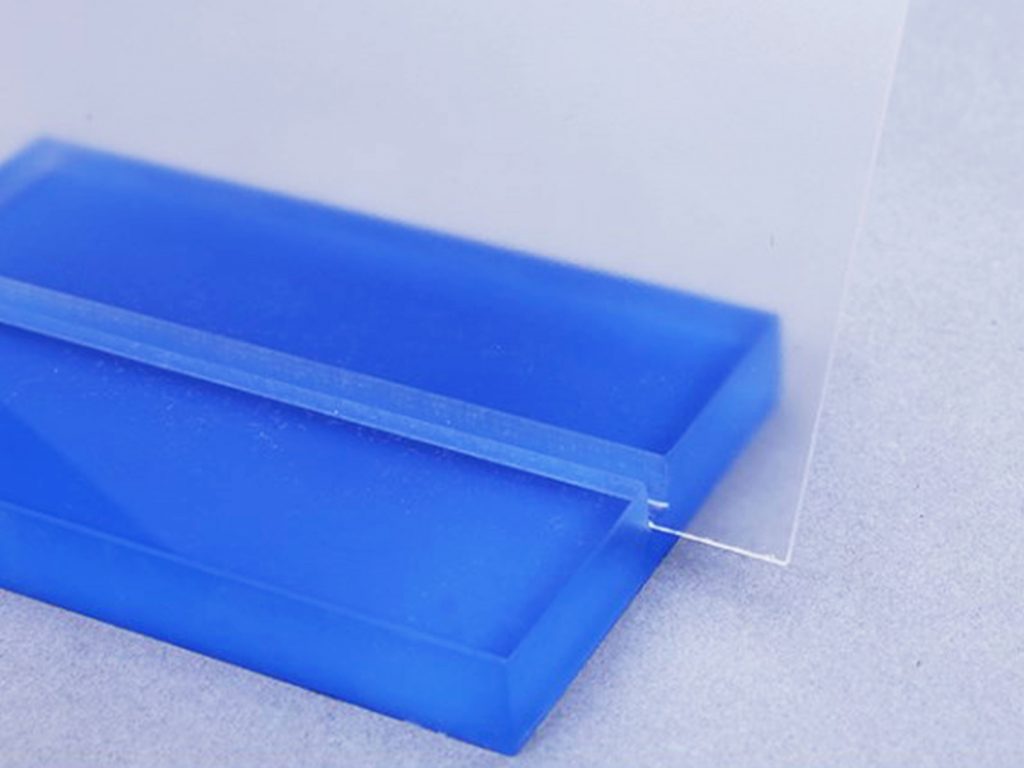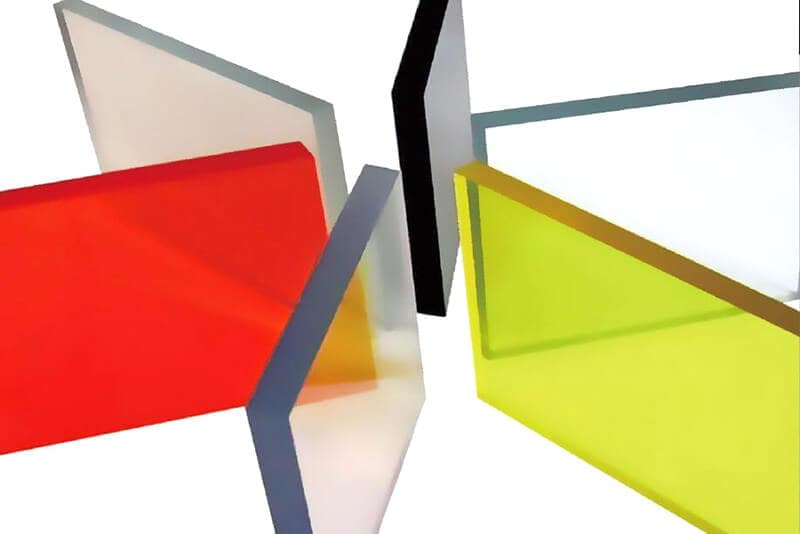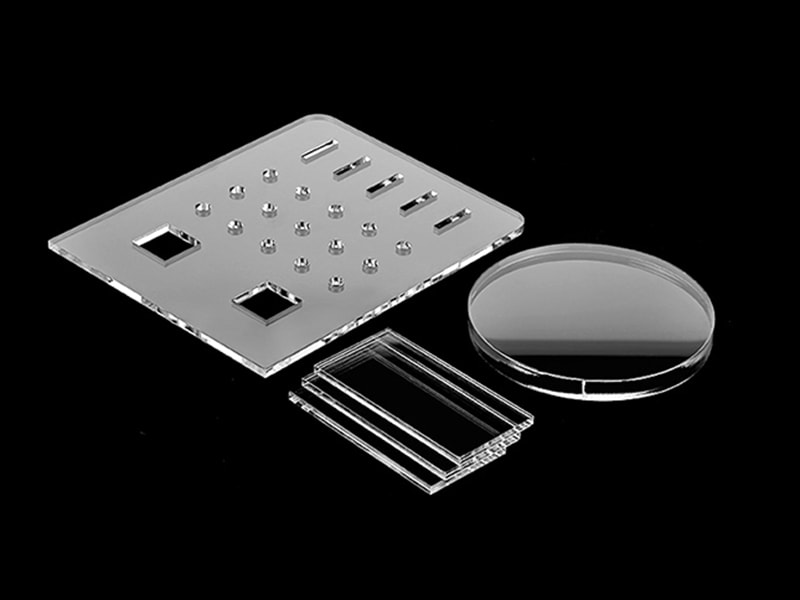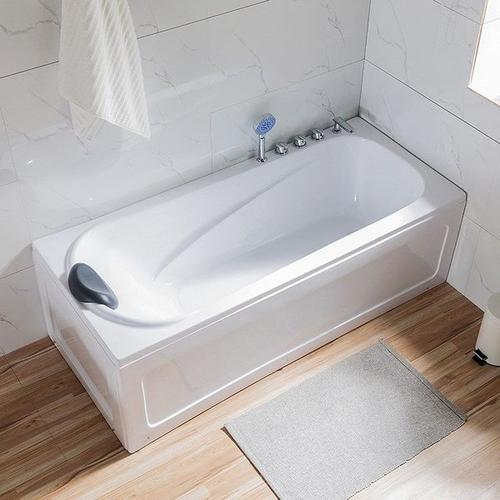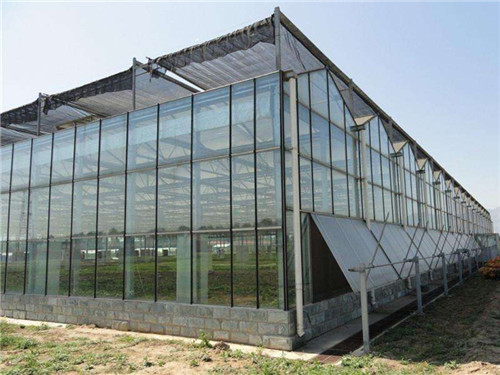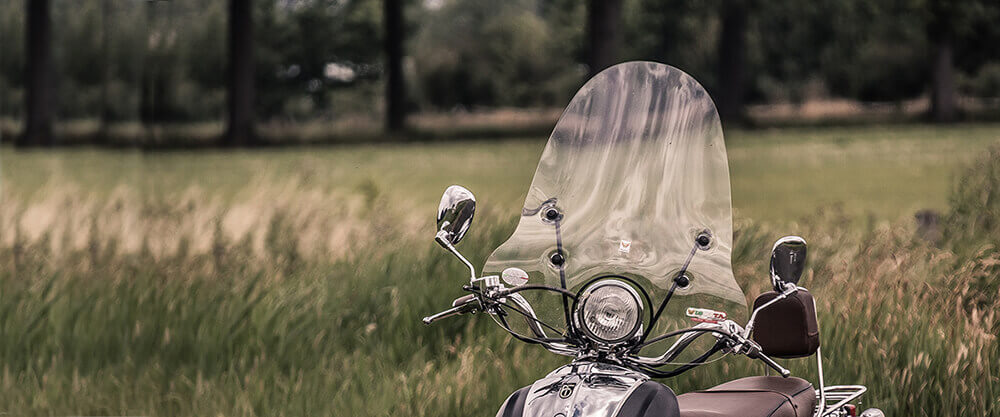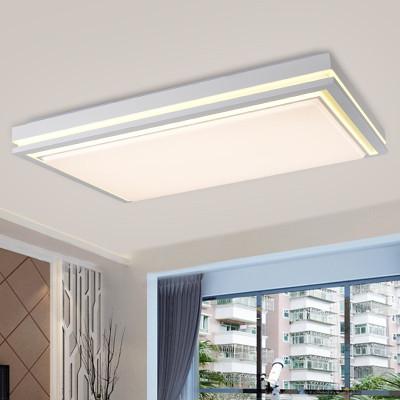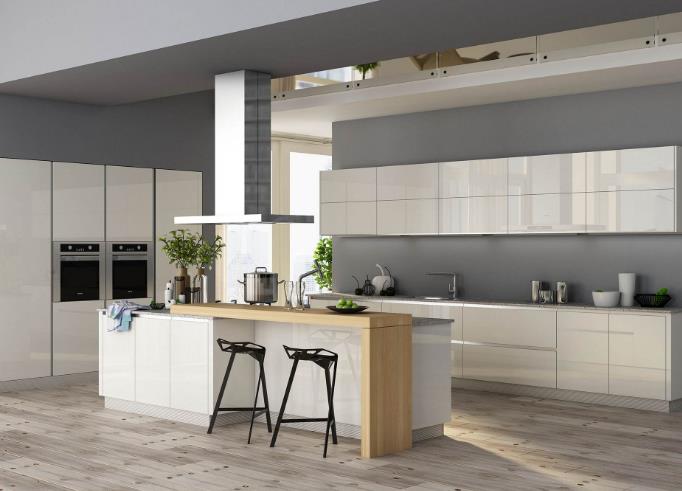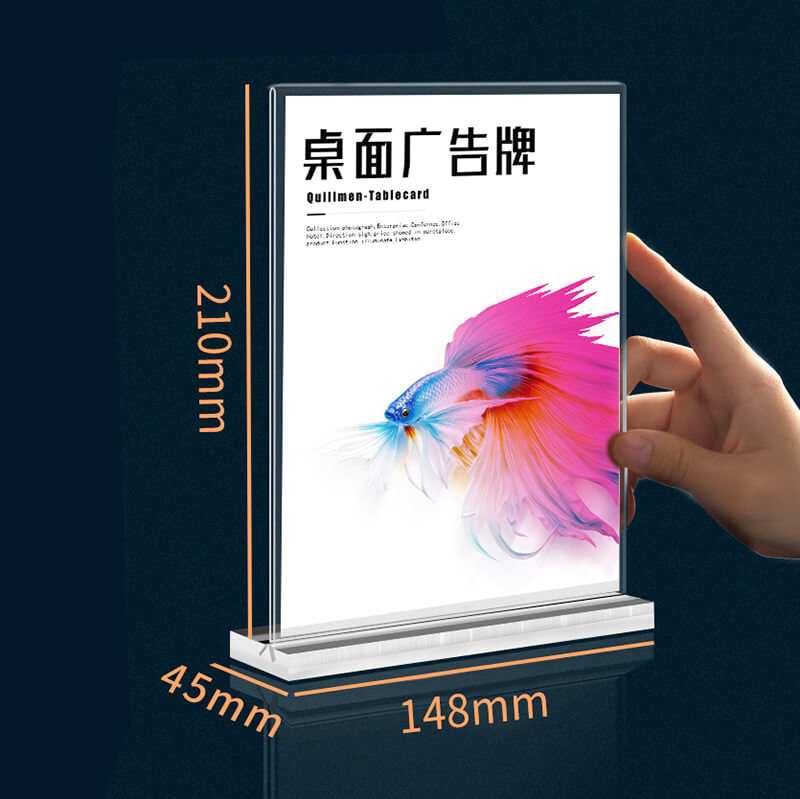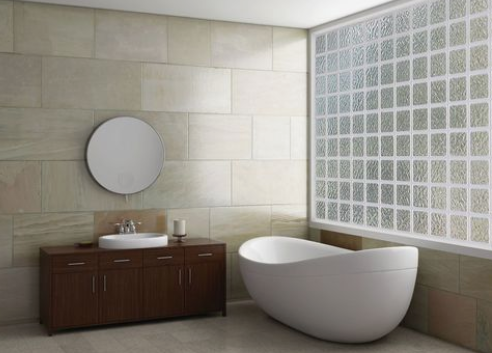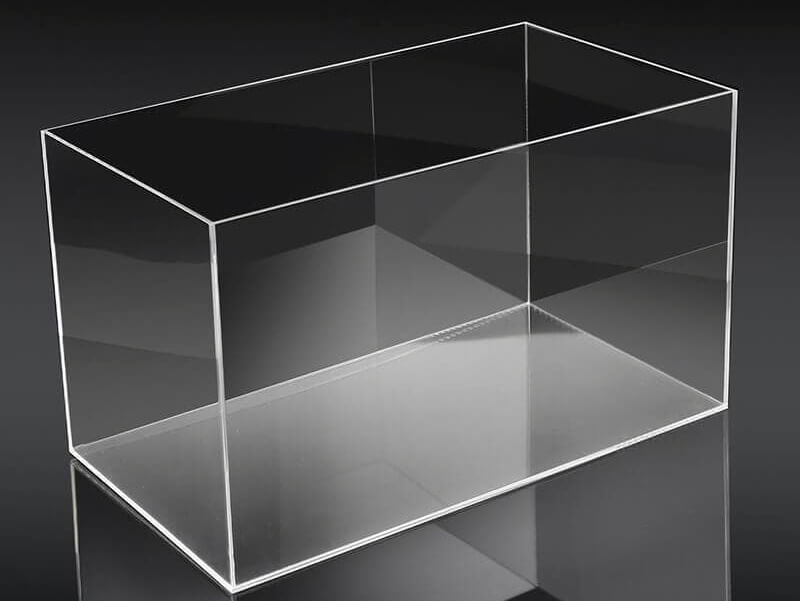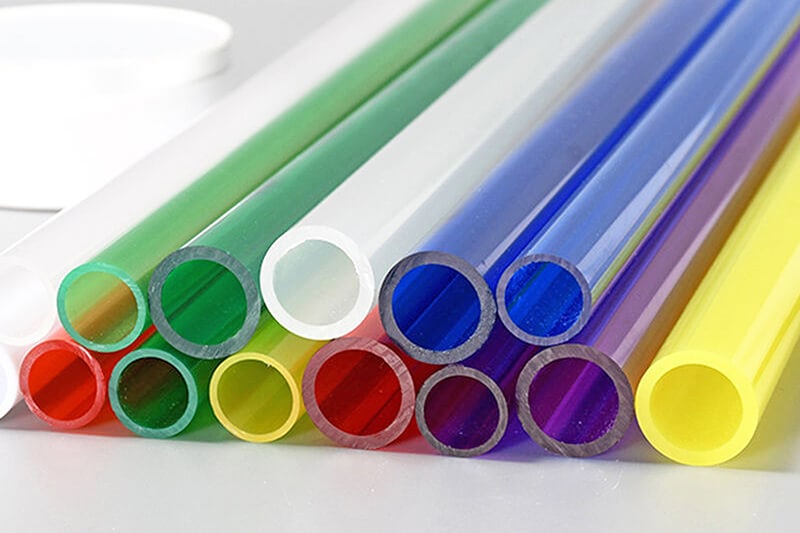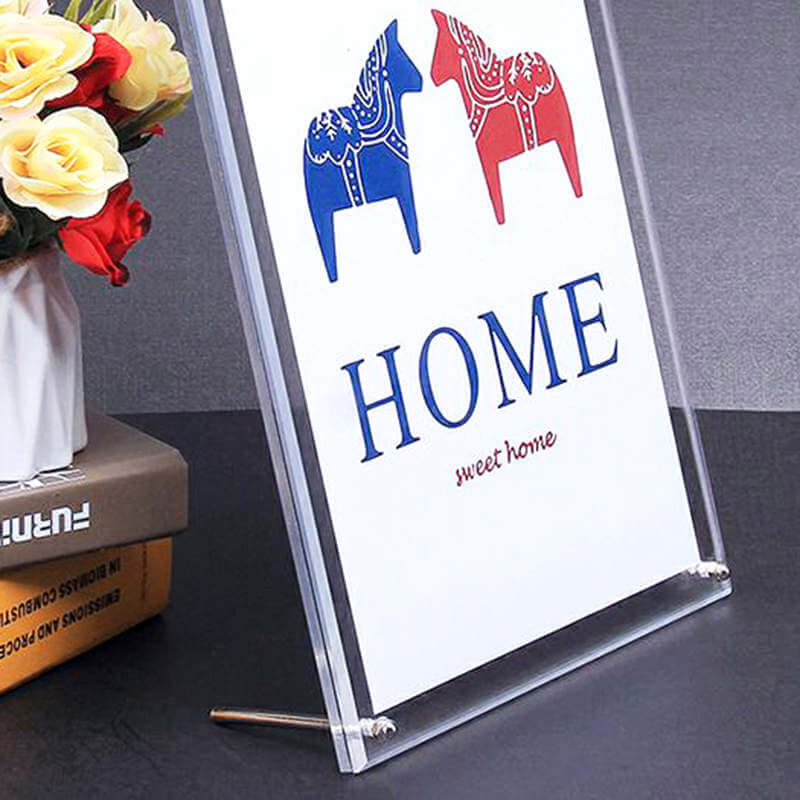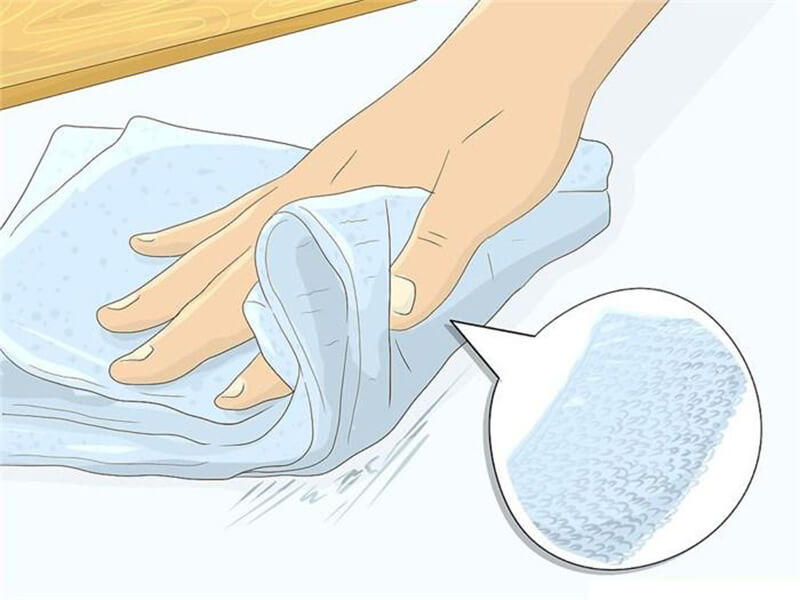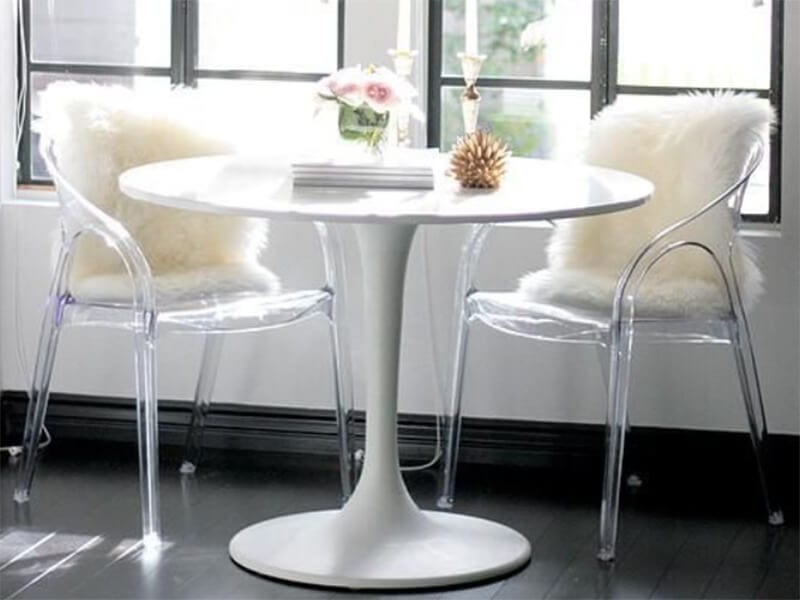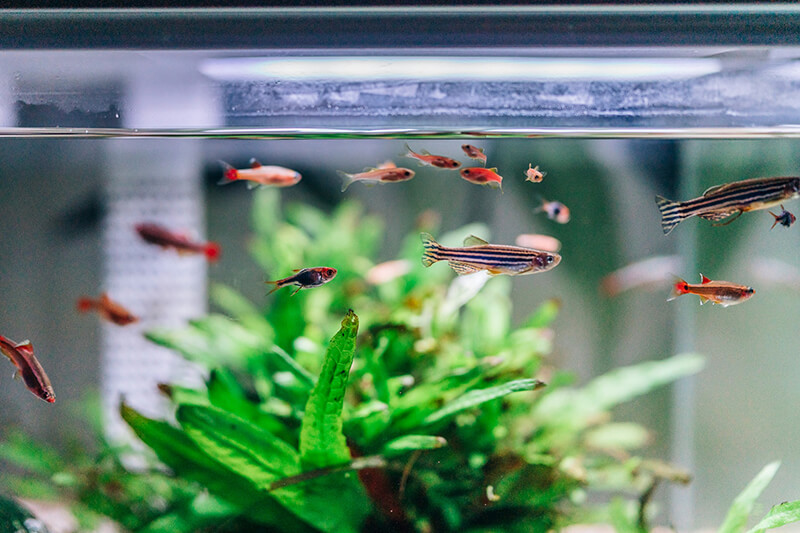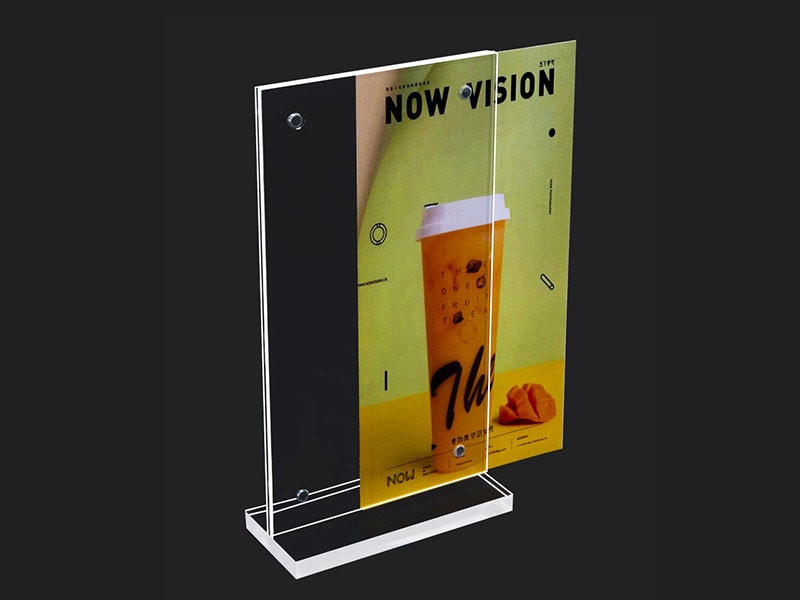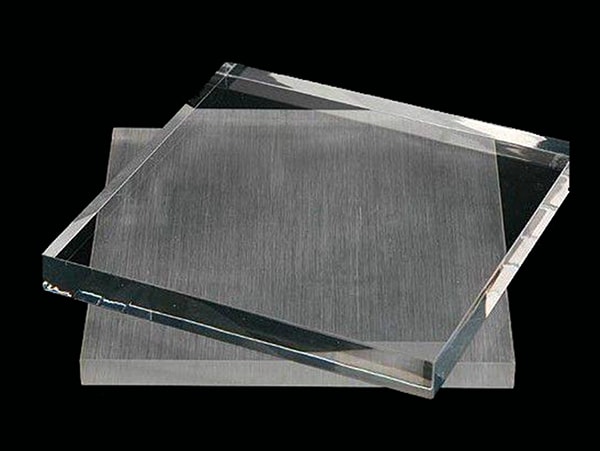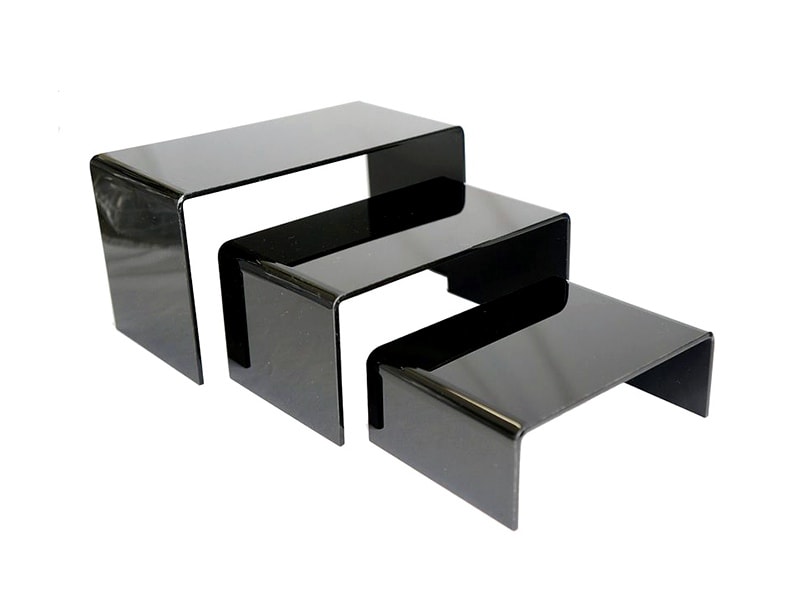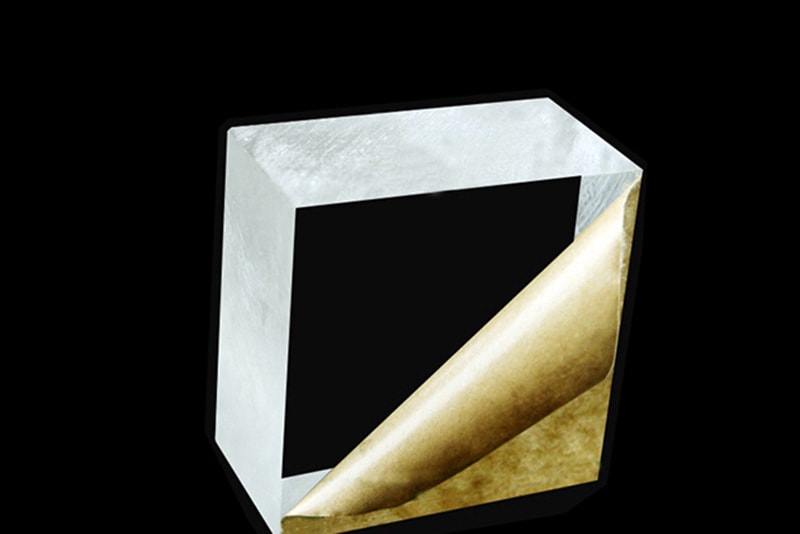Acrylic Vs PVC
A home isn’t a home without good finishing. A nice finish may improve the look and feel of your home interiors. Whether it’s your kitchen cabinets or closets, a comfortable and durable laminate sheet will protect your furniture and give you that homey feel.
Many different brands offer different colors, sizes, patterns, and materials. However, the popular choice shifts between Acrylic and PVC. So, which one should you choose?
In this article, we will give you a detailed analysis of Acrylic vs. PVC so that you can choose which plastic or laminate sheets to buy for your furnishing. So, let’s get to it.
What is Acrylic sheet?
Acrylic sheet, also known as plexiglass sheet, is an opaque and exceptionally biocompatible plastic material frequently employed as a substitute for glass. It is lightweight and shatter-tolerant.
Acrylic is also known as PMMA, Poly(methyl methacrylate), or Plexiglas. It has many technical benefits over other translucent polymers, including great UV light and weathering resistance, good light absorption, and endless color choices.
Poly material is commonly utilized in smartphone screens, automobile windows, hockey rinks, lit signage, skylights, airplane canopies, etc.
Acrylic sheets come in various colors and are plastered on MDF boards before being coated with a protective layer to create a seamless look. The end product is a highly reflecting, mirror-like covering that maintains its color and brightness over time.
Main Advantages
We have discussed much information about acrylic, if you want to know more information, you can check history articles on uvacrylic.com or send an email to [email protected]
What is PVC Laminchemical
PVC, or Polyvinyl chloride, is a widely used polymer manufactured from carbon atoms generated from ethylene. They’re manufactured by pressing paper and plastic resins together. This popularly goes by the name vinyl or just laminates.
If we talk about its characteristics, PVC is durable, easily cleaned, corrosion-resistant, chemical resistant, impervious to germs, and does not conduct electricity.
That is why this laminate sheet is popularly used in toiletries and medical products, such as blood bags, medical gloves, basins, catheters, inflatable splints, tubing, IV containers, and thermal blankets.
PVC laminates come in matte or glossy surfaces and are thin enough to bend without breaking. In addition, some stainless steel and other corrosion-resistant synthetic materials can be replaced with polyvinyl.
It’s also a popular choice for a variety of outdoor applications. Because of their durability, the sheets are also used in construction products. The material is used to build roofing, fences, windows, flooring, wires, etc.
Main Advantages
Acrylic vs Laminates: Which one suits your purpose
Now that you know the advantages of both of them, which finishing should you use? This is a tricky question. Let me break down the various ways they differ from each other so that you can make the right decision.
Durability
In terms of durability, no one can beat Acrylic. This plastic is wear-and-tear-resistant and also resists heat and UV rays. So, it is safe to say that apart from a smooth glossy finish, it also gives you longevity.
This material can be used in the kitchen, bathroom, and just about any other part of the house. On the plus side, there is no fear of bacteria or mold attacks.
Compared to Acrylic, Laminates lag behind just a little in durability. Laminates are flexible plastic sheets that can be bent up to 90 degrees around the edges without edge bands. As a result, they work well in nuanced settings, such as rigid shapes.
PVC is perfect for kitchen cabinets and counters because it is resistant to heat, corrosion, water, and termites. However, abrasive cleaners can harm the surface of PVC laminates.
Variety
Acrylic comes in various colors and hues. People mostly prefer its glossy variant because the color remains vibrant for a very long time.
PVC also has different colors and textures—more textures than Acrylic. But the downside is that they won’t stay vibrant for long. After a few years, they will start to look dull and lifeless.
Best of Both
Using both Acrylic and PVC is a popular design choice nowadays. Especially for the kitchen. Acrylic is better for the upper cabinets, while PVC laminates are better for the lower part of a modular kitchen that sees a lot of use. This improves the appearance of the kitchen while also lowering the expense.
Appearance
Acrylic finishes are undeniably more appealing than laminates in terms of looks. The sheet gives your house a super sophisticated and glossy appeal. The shiny cabinet material not only makes your kitchen more welcoming but also provides the impression of a more fantastic space.
If you read high-end lifestyle magazines for home décor ideas, you’ll notice that most high-end modern kitchens have striking acrylic cabinets in vivid colors for a luxurious look. So, if you have acrylic cabinets in your kitchen, you will never have a drab or uninteresting kitchen.
High-gloss laminates resemble acrylic in appearance but lack brilliance. The end product will be a little timider. Of course, you can polish it to add some extra gloss. However, after some time, it will go back to its subdued appearance.
Resistance to Water and Heat
Both Acrylic and PVC will offer that they are both water and heat-resistant. So you can install these finishes in the kitchen or bathroom. However, I will suggest that you get Acrylic sheets for the patio.
Acrylic sheets can tolerate high heat so they won’t get damaged in constant exposure to the sun. PVC won’t give you that benefit. But in the kitchen, where you won’t use heat constantly, you can use laminate finishing.
Resistance to Scratches
Acrylic won’t get scratched very often. Even if you scratch it with your nails, it won’t leave any marks. So if you have any animals who constantly claw at different furniture, I would recommend you go for Acrylic.
High tolerance to scratches made it one of the popular decorative options for houses with pets. But yes, very sharp objects will leave marks, but hardly any visible damage.
The same goes for PVC. It takes a lot to leave scratch marks on PVC laminates, though very sharp objects can damage them to some extent. If too much force is applied to the laminate with any sharp object, the edges of the PVC sheets might come off.
Maintenance
Acrylic plastics are, to a great extent, scratch-resistant. But you have to understand that they are glossy. Marks are easily noticeable on shiny surfaces. So, due to its polished and reflective appearance, Acrylic is very prone to fingerprint marks and dirt stains.
These marks may stand out and be rather obvious, depending on the color of your cabinets. But, unfortunately, this can make them appear dirty sometimes.
One of the finest methods is cleaning acrylic kitchen cabinets with a lint-free cloth soaked in a solution of warm water and mild dishwashing soap.
It’s best not to use store-bought chemical cleaners for this, as they may leave microscopic scratches on the surface of your beautiful cabinets.
Kitchen cabinets with a laminate finish are slightly more prone to scratches, dents, and chips. However, scratches and dents on laminate can be repaired or covered with a few home treatments. Unfortunately, you cannot fix a chipped sheet. You would need to re-decorate the whole system then.
However, unlike acrylic kitchen cabinets, laminated cabinets may be cleaned with a lint-free cloth because fingerprints and other stains do not appear on the surface.
Availability
Acrylic is available in a variety of solid colors, and the colors last a long time. So, if you like a plain-colored, sophisticated look, Acrylic might be your go-to option.
Laminates have Solid colors, patterns, textures, and metallic and wood-like finishes, which are all available.
Repairs
You can easily replace or repair both the Acrylic and PVC anywhere and anytime. It’s not much of a hassle.
you can quickly identify the old ones from the new laminated sheets in the house, Even if you buy the same one from the same store.
Acrylic sheets match very quickly. You can hardly differentiate the new ones from the old ones. So you won’t have to change all the plastic sheets in the house to match the color scheme properly.
Cost
Cost is a significant factor here. It determines which sheet you can put effort into. Of course, acrylic is the premium option. And we know all premium options have a lofty price tag. But think about it, you are getting a nice, durable finish that’s very eye-catching.
PVC is comparatively less pricey. However, you do not get a premium finish, and after some time, the color starts to fade. In the end, you would have to replace it. This means that since you have to repair the sheets frequently, the cost becomes more than you initially bargained for.
Maintenance Tips for Acrylic and PVC Laminates
Now, let me give you some pointers on maintaining both the plastic.
Acrylic
Polyvinyl Chloride
Material selection: Acrylic vs. laminates
If you have specific material needs for your project, you may need to compare them thoroughly.
PVC is a transparent, colorless polymer that will discolor or turn yellow over time, whereas PMMA is a clear, colorless polymer that will never discolor or turn yellow.
PVC is typically less expensive than PMMA. PVC is inexpensive and easily available.
When acrylic burns, it produces a golden flame and an odor of alcohol without producing any smoke. When PVC board burns, it produces a green flame that smells like hydrochloric acid and emits white smoke.
When you throw an acrylic sheet and a vinyl sheet of the same size on the floor or bang them together with your hands, the acrylic produces a clear sound, while the vinyl produces a dull sound.
The translucent PVC board has a density of 1.38g/cm3, while the acrylic board has a density of 1.1g/cm3. In comparison to most other plastics, PVC is quite dense.
As previously said, due to their qualities and nature, both operate well in different situations, making it challenging to categorize and say which is the best. But in most aspects, Acrylic seems like a good option to explore. It is durable, gooks good on the eye and you will only have to invest one time in it, unlike PVC, where you have to repair the sheets several times.
Conclusion
That’s it for our detailed information on Acrylic vs. PVC. Both alternatives are suitable for modern or minimalistic interiors and come in various colors to match your palette and décor motif.
I won’t tell you which one to buy, though. You have to decide for yourself. Consider all the aspects of these plastic sheets and what your house demands. No matter what you choose, both will enhance your house’s look.
Need A Trustworthy Supplier Of Acrylic Product
Click on the button, you will find the Trustworthy Supplier Of Acrylic-based product and machining services.

